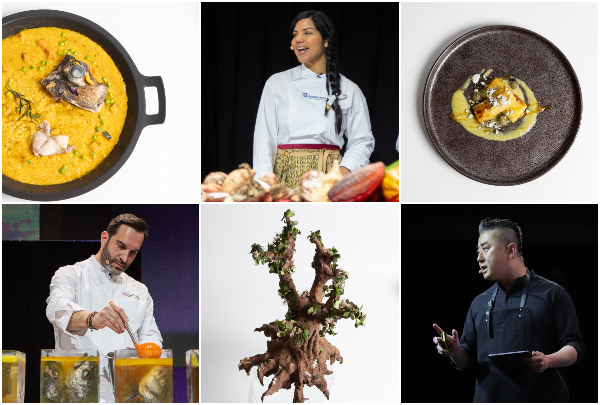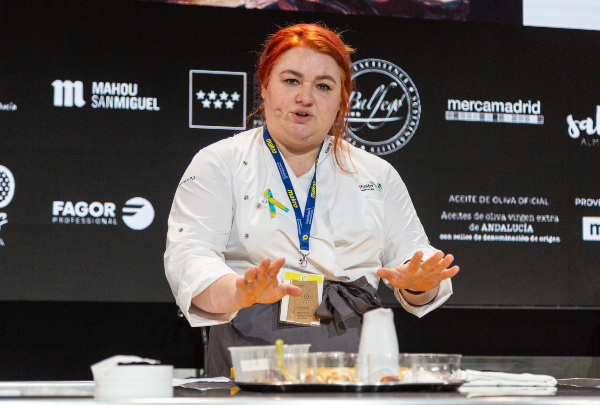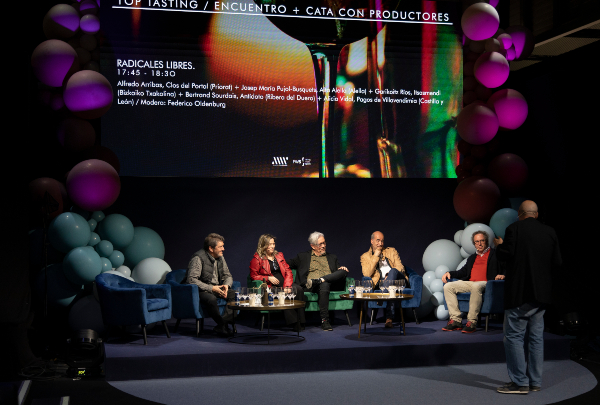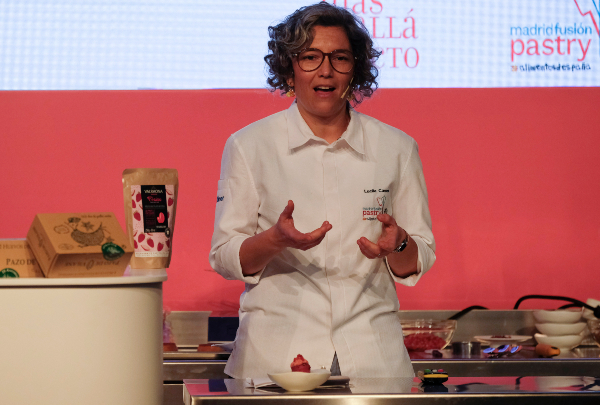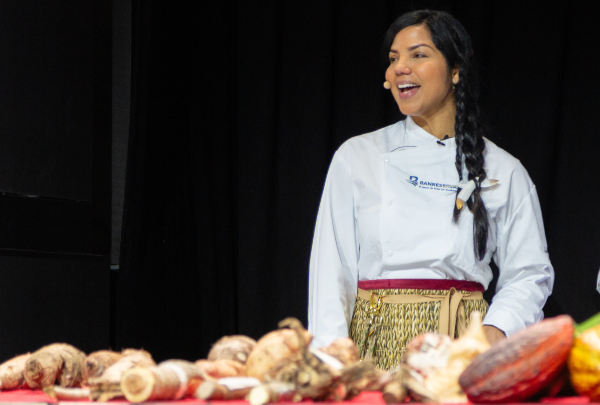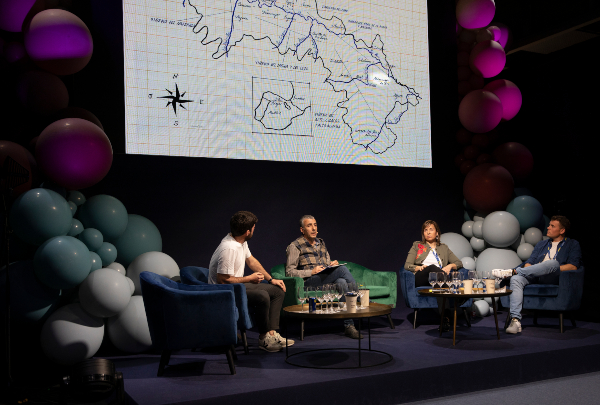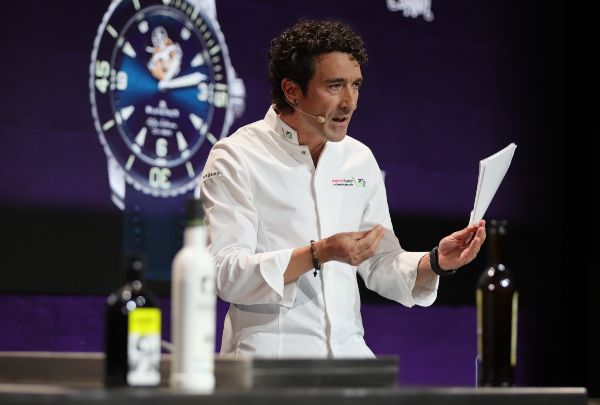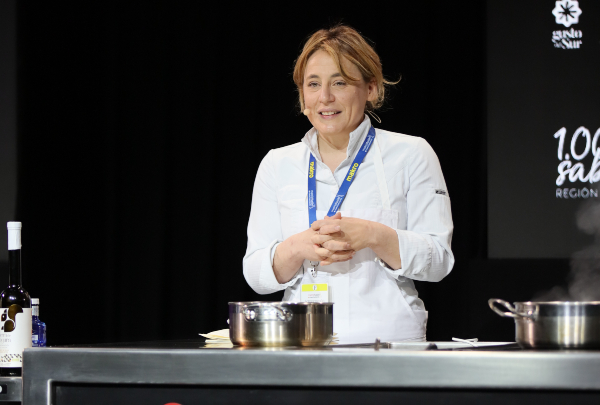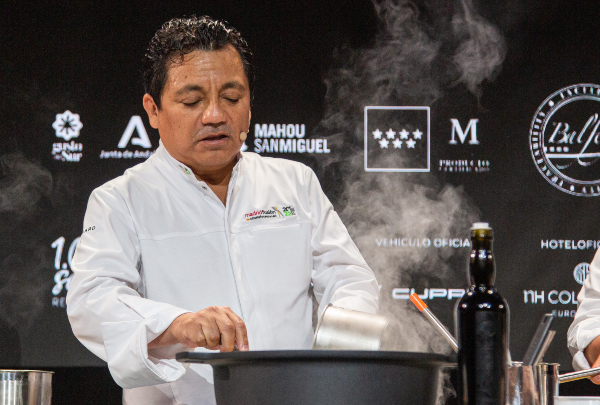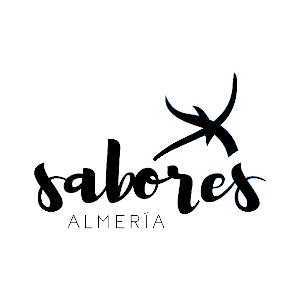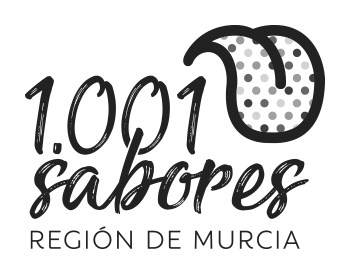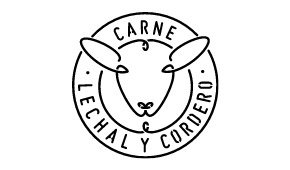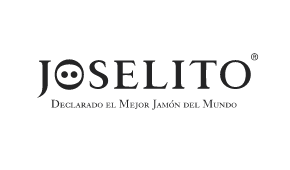News
Sá Pessoa, the man in charge of cutting the cod
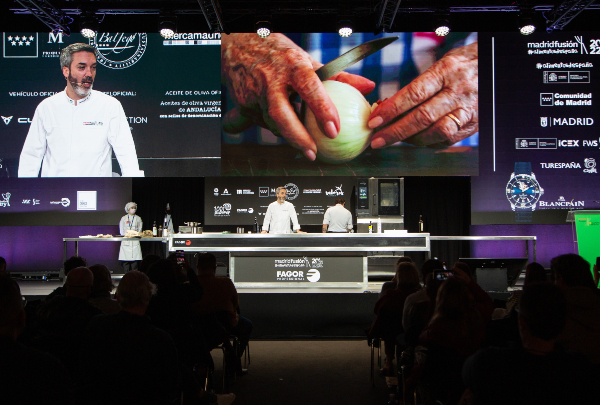
The chef at Alma** (Lisbon, Portugal), Henrique Sá Pessoa, offers an apology for Portuguese cod by pointing out the difference between this variety and Spanish cod, and taking a look back at the root.
He is one of the leading lights of Portuguese cuisine, a universal chef who builds bridges, but always on the basis of the produce and ideas of his territory. “I increasingly want to cook simple food, using the best technique, but traditional things, go back to basics, and sometimes that's more complicated", he confessed to the auditorium at Madrid Fusión Alimentos de España. It can hardly be that complicated for him, even though he has admitted that when he returned to Portugal after studying around the world, he had to learn from Portuguese cuisine. “I'd lived in the capital, and I'd travelled. When I got back, I had to reconnect with the traditional reality of my country”.
And he had to learn to cook cod, one of Portugal's most popular foodstuffs, the product of a thousand versions that brings in gourmet pilgrims from all over the world to his two-star Alma restaurant; a product, however, which is not so common in other forms of cuisine outside Spain or Portugal, “even though it travels well”, a product which is "different and is processed differently" in the two Iberian nations. “Ours is drier and has more fat than Spanish cod", he told the congress.
Sá Pessoa then addressed the potential of the Portuguese variety, which he works on in sections to obtain different textures and flavours, even though the garlic base may be a recurring feature. “Cod changes considerably from unit to unit, and so you can't just follow a recipe and expect the outcome to always be the same. Instinct and technique are extremely important in cooking cod", he explained.
The chef kicked off with his multi-award version of cod 'à Bras', “the simplest, but the most appreciated”, which has been a feature on the Alma menu since the restaurant first opened in 2015. To make this, in addition to the thin sliver of tinted cod as a recreation of the paving stones on the streets of Lisbon topping the plate, Sá Pessoa focused on the pil-pil sauce as the base of the dish. “We do this with a purée of coriander, parsley and chickpeas, using the cod's collagen to create an oil-free vegetable pil-pil". Respecting tradition and bridge-building, with Spain in this case.
He also cooked a recipe as a reinterpretation of cod brandade, again with no oil, and made with parts of the fish which are usually thrown away, along with kokotxa necks and the cod's fried skin, and a version of a traditional Alentejo soup, "like bread crumbs". The chef recreates the dish with the "sides" of the cod cooked in slivers, with a confited yolk and egg white foam (because the soup contains egg), and bread croûtons. “Our version of Alentejo soup, with modern technique”. A summary of the Portuguese chef's new cuisine.
And he had to learn to cook cod, one of Portugal's most popular foodstuffs, the product of a thousand versions that brings in gourmet pilgrims from all over the world to his two-star Alma restaurant; a product, however, which is not so common in other forms of cuisine outside Spain or Portugal, “even though it travels well”, a product which is "different and is processed differently" in the two Iberian nations. “Ours is drier and has more fat than Spanish cod", he told the congress.
Sá Pessoa then addressed the potential of the Portuguese variety, which he works on in sections to obtain different textures and flavours, even though the garlic base may be a recurring feature. “Cod changes considerably from unit to unit, and so you can't just follow a recipe and expect the outcome to always be the same. Instinct and technique are extremely important in cooking cod", he explained.
The chef kicked off with his multi-award version of cod 'à Bras', “the simplest, but the most appreciated”, which has been a feature on the Alma menu since the restaurant first opened in 2015. To make this, in addition to the thin sliver of tinted cod as a recreation of the paving stones on the streets of Lisbon topping the plate, Sá Pessoa focused on the pil-pil sauce as the base of the dish. “We do this with a purée of coriander, parsley and chickpeas, using the cod's collagen to create an oil-free vegetable pil-pil". Respecting tradition and bridge-building, with Spain in this case.
He also cooked a recipe as a reinterpretation of cod brandade, again with no oil, and made with parts of the fish which are usually thrown away, along with kokotxa necks and the cod's fried skin, and a version of a traditional Alentejo soup, "like bread crumbs". The chef recreates the dish with the "sides" of the cod cooked in slivers, with a confited yolk and egg white foam (because the soup contains egg), and bread croûtons. “Our version of Alentejo soup, with modern technique”. A summary of the Portuguese chef's new cuisine.

 600.jpg)
